Professor Wang Yan's team completed the first ReachTactile™ Surgical robot-assisted transcatheter aortic valve replacement
11 April,2025
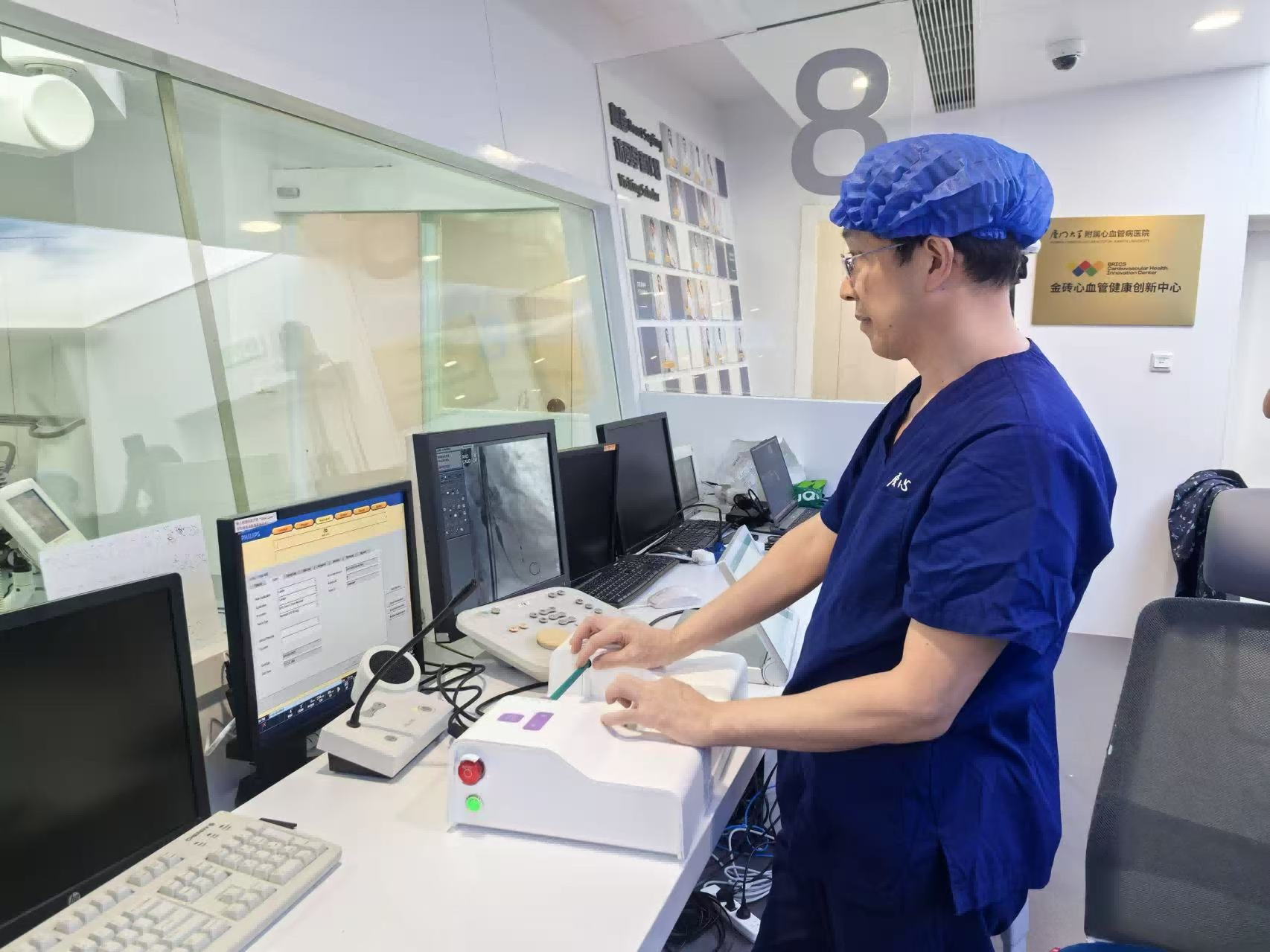
Recently, Dr. Wang Yan's team from Xiamen Cardiovascular Hospital Xiamen University (referred to as "XMCH") used ReachTactile™, the robotic assisted system for transcatheter aortic valve replacement, successfully performed a transcatheter aortic valve replacement (TAVR) on a 70 year-old patient. This is the first human trial (FIM) of ReachTactile™ TAVR robot. While it is another innovative achievement of Professor Wang Yan's team in the field of valve intervention robots, following the completion of the world's first robot assisted transcatheter mitral valve repair (TMVr) in December 2023.
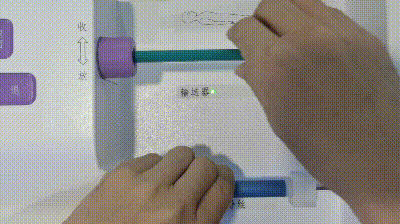


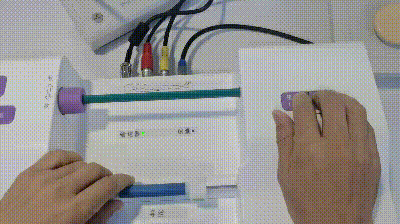
During the procedure, Professor Wang Yan intervened outside the catheterization room and precisely controlled the machine inside the catheterization room through the console. The robot host system efficiently completed a series of complex operations such as delivery, positioning, and release of the valve system. It only took 24 minutes from the entry of the valve delivery device into the body to its withdrawal from the body. The valve was accurately positioned, released smoothly, and functioned normally. The patient's original symptoms of chest tightness and shortness of breath were significantly improved, fully demonstrating the safety and effectiveness of the robot.
The successful implementation of TAVR robot assisted interventional procedure marks that XMCH has realized the pioneering exploration and application of surgical robots in both transcatheter interventional valve repair and replacement, and has established an international leading position in the field of robot assisted valve interventional therapy.
innovation driven
Leading a new paradigm of valve intervention therapy
With the aging of the population, the incidence rate of valvular heart disease is rising rapidly. It is estimated that there are 25 million patients with valve disease in China, which poses a serious challenge to public health. In recent years, valve treatment has evolved from traditional surgical procedures to minimally invasive interventional procedures. Transcatheter intervention therapy has the advantages of minimal trauma, fast recovery, and good patient compliance. However, due to the difficulty of interventional techniques and the long learning curve for doctors, only some hospitals in China can carry out the treatment independently, resulting in a huge treatment gap.
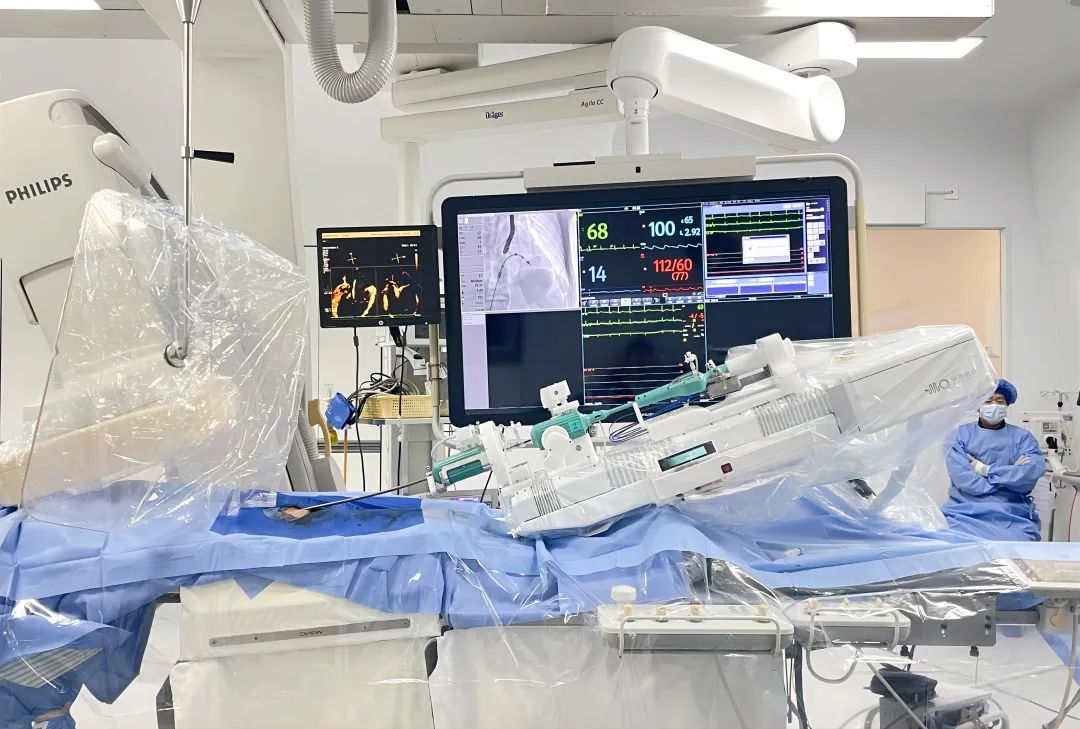
In recent years, with the rapid development of emerging technologies and the widespread integration of medicine and engineering, the application of surgical robots in the field of cardiac intervention therapy has gradually received attention and exploration. Compared to traditional surgical procedures, valve intervention robots have many advantages: firstly, they achieve precise control to ensure the safe and effective execution of key steps; Secondly, shorten the learning curve to enable young physicians to master interventional procedures faster and better; The third is to expand remote surgery and combine 5G communication technology to achieve the sinking of high-quality medical resources; The fourth is to enhance the doctor-patient experience, reduce the radiation exposure of doctors and patients, and improve the safety of surgery.
Professor Wang Yan stated that robot assisted catheterization is an important development trend for future cardiac intervention therapy. With the deep empowerment of emerging technologies such as artificial intelligence, surgical robots will bring profound changes to traditional cardiovascular intervention therapy.
Medical engineering integration
Promote domestic original innovative equipment catch up and surpassing
As a sub-center of the National Clinical Research Center for Cardiovascular Disease, the National Regional Medical Center for Cardiovascular Disease, and the first batch of Heart Valve Disease Intervention Centers in China, XMCH routinely carries out various valve intervention procedures, with technical difficulties and surgical volume ranking at the forefront of the country. At the same time, the hospital actively promotes domestic independent innovation, cooperates with enterprises to develop a number of innovative medical devices, and some technical products are the first in China or even the world.
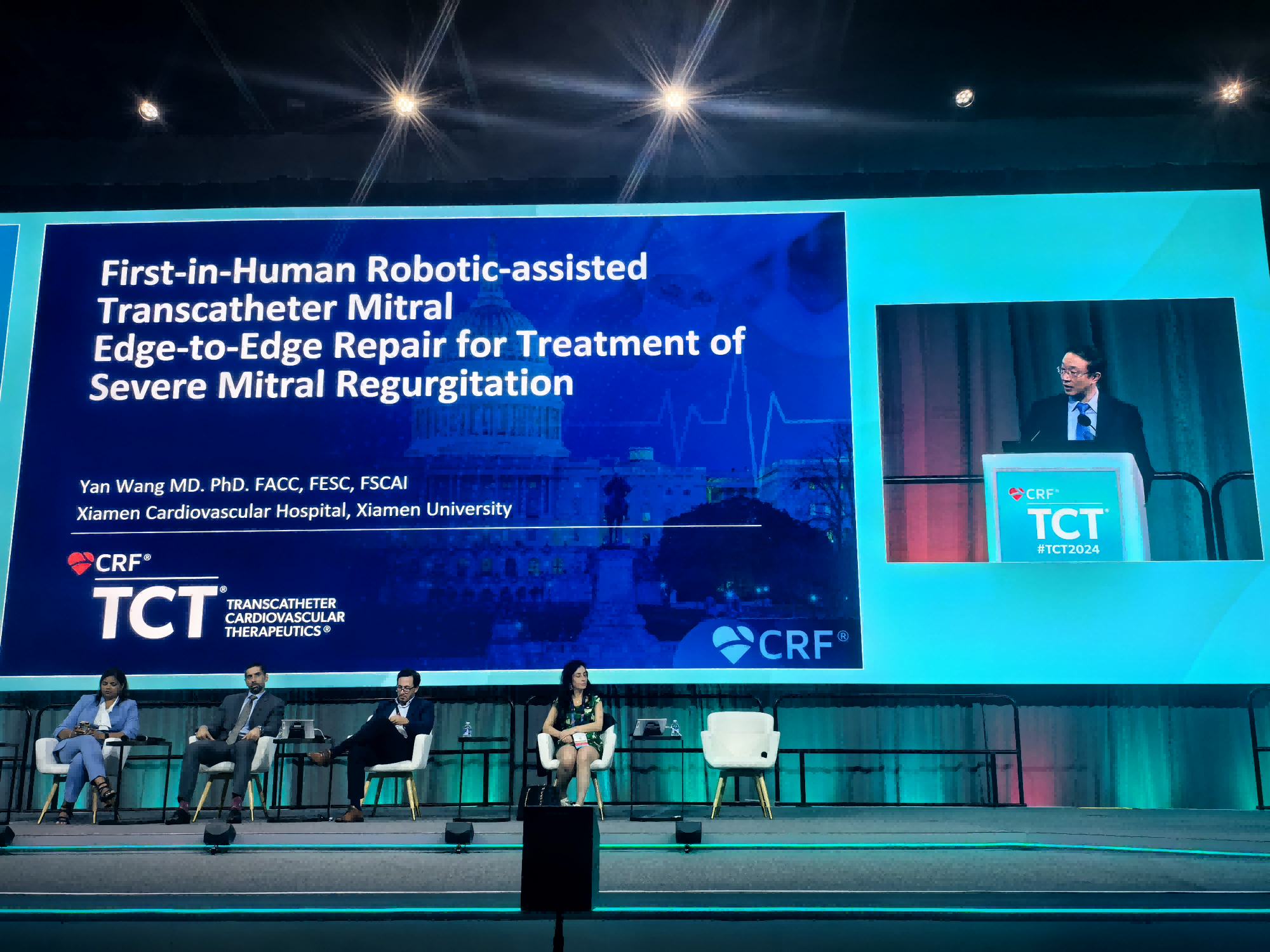
In December 2023, Professor Wang Yan's team used surgipulse structural heart disease robotic-assist system to complete the world's first robot-assisted transcatheter mitral valve edge to edge repair (TEER), which was jointly developed by XMCH and domestic innovative enterprises for many years. In 2024, Professor Wang Yan reported the clinical data of the robotic system at the TCT conference for the first time, which attracted extensive attention from international peers. In March this year, XMCH officially led the multi center registered clinical research of the robot system. At present, a total of 8 clinical trials have been completed. Professor Luigi Pirelli from The New York-Presbyterian Hospital Columbia University Irving Medical Center made a special trip to Xiamen to observe and jointly implement the case intervention procedure of clinical trials, and plans to introduce it to the US for clinical trials in the future.
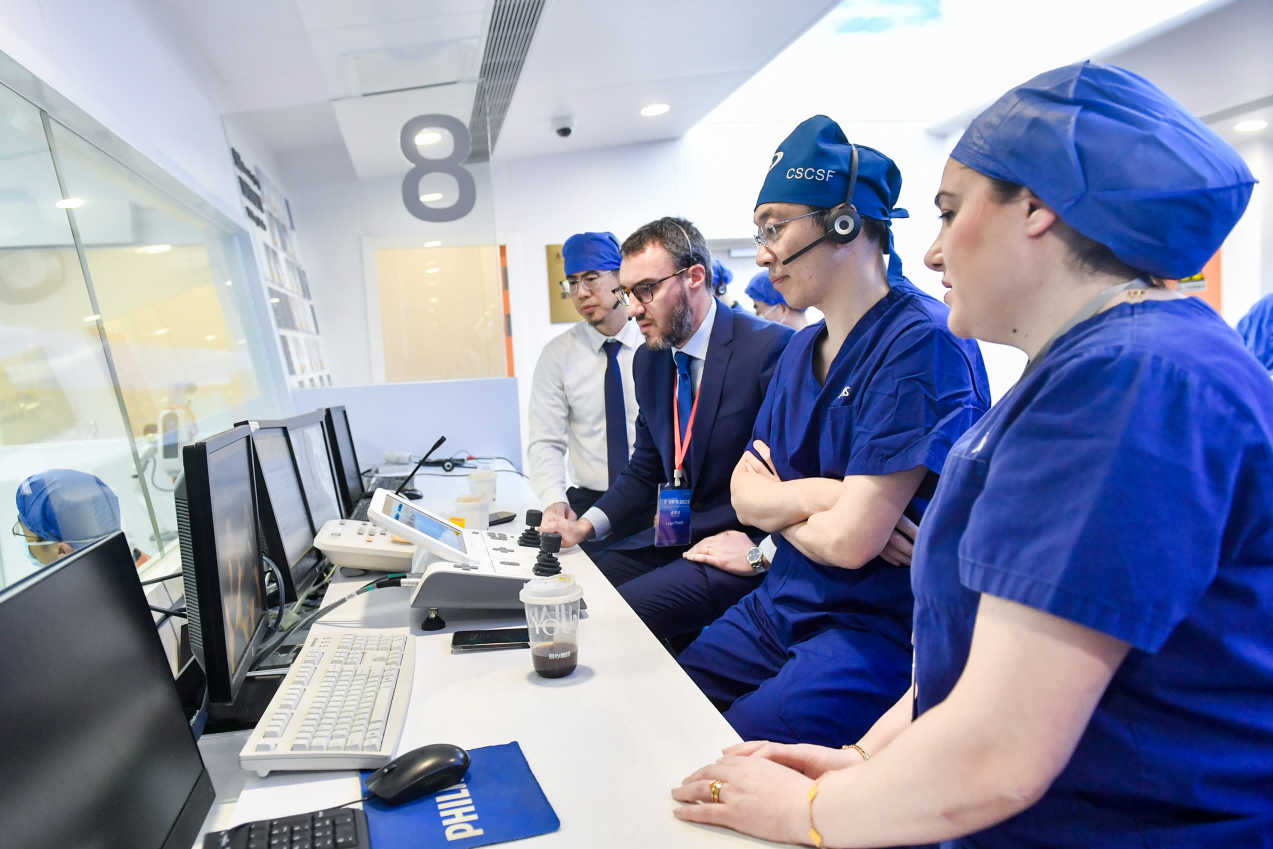
The robot system for TAVR is based on the R&D incubation of medical device enterprises, combined with the rich clinical data and expert experience of XMCH, and improved for clinical needs. It integrates intelligent cutting-edge technologies such as force feedback system, high bionic remote control, and surgical navigation. The project is planned to be participated and led by XMCH to carry out a national multi center clinical trial.
With the rapid development of artificial intelligence, computers, advanced materials and other engineering technologies, as well as the expertise and experience of clinical experts, China's original cardiovascular innovative devices continue to accelerate the emergence, and the interventional treatment of structural heart disease is developing in the direction of precision and intelligence. In the future, robot-assisted technology is expected to become an important standard for many difficult interventional procedures, and promote the transformation of valve interventional treatment mode from "experience driven" to "technology collaborative".
share
Latest News
-
01 December,2025
Heart Saplings Blossom| Fellows from India and Indonesia Win Awards at International Academic Conferences with Cases from XMCH
-
03 November,2025
“Made-in-China” Robot Performs Cross-Continental Heart Intervention, Achieving a World First in Remote Operations
-
09 October,2025
Accelerating Technology Export | Xiamen experts conduct academic exchanges and demonstrate domestic IVL procedure in multiple hospitals in Pakistan

